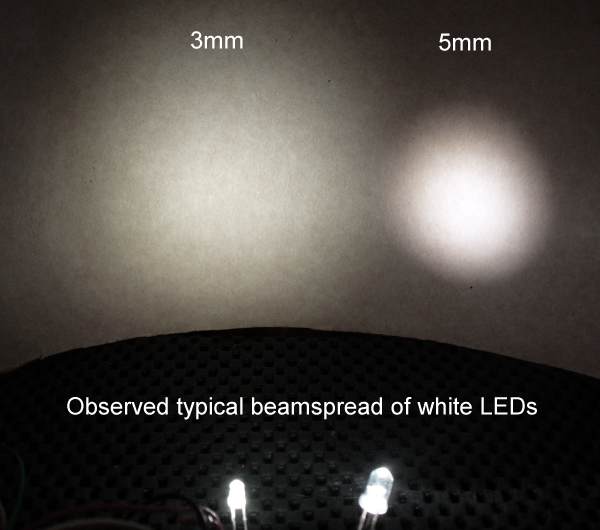This is not strictly Picaxe, but is a subject that is appropriate to picaxe designers. Please could one of you EE's advise me on the best way to power 90 LED's
I am trying to build an animation studio for my son - basically a large open fronted box with a green screen at the rear and very regular lighting across the top - which is where a regular array of LED's is proposed.
Which is best - to power them directly from a regulated 3V supply or feed them with a regulated 5V supply but with a current limiting resistor on each LED. 90 LED's will be drawing just under 2 amps so I need a significant supply so I will probably limit the supply by dividing it into 3 sections.
I suspect the latter will be best as it will avoid taking out the whole circuit if one LED shorts out, but I wonder if there are any other considerations before I put pen to paper to design the circuit.
Thanks
eggie
I am trying to build an animation studio for my son - basically a large open fronted box with a green screen at the rear and very regular lighting across the top - which is where a regular array of LED's is proposed.
Which is best - to power them directly from a regulated 3V supply or feed them with a regulated 5V supply but with a current limiting resistor on each LED. 90 LED's will be drawing just under 2 amps so I need a significant supply so I will probably limit the supply by dividing it into 3 sections.
I suspect the latter will be best as it will avoid taking out the whole circuit if one LED shorts out, but I wonder if there are any other considerations before I put pen to paper to design the circuit.
Thanks
eggie

